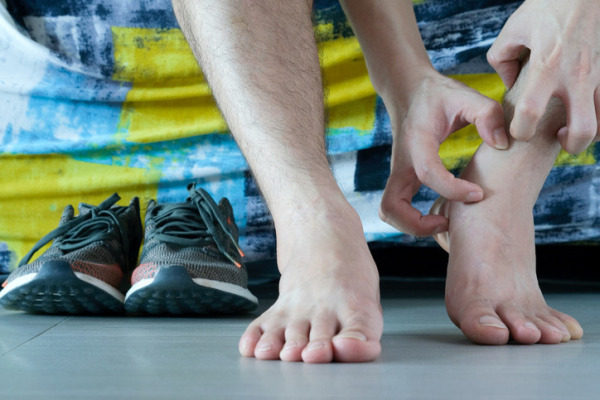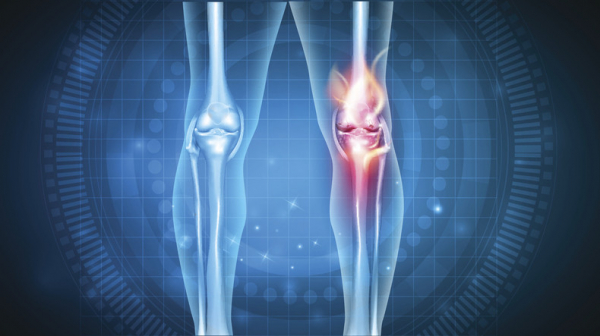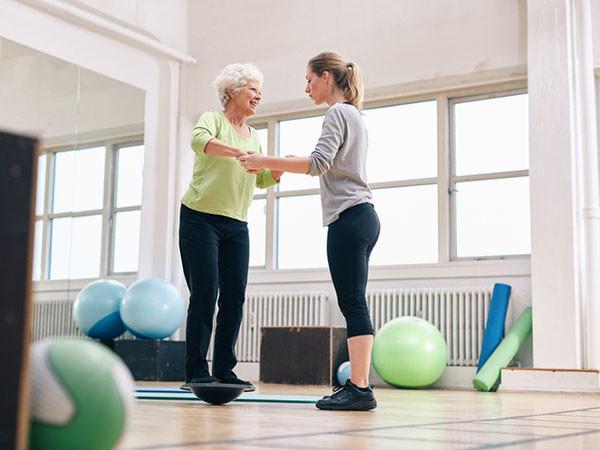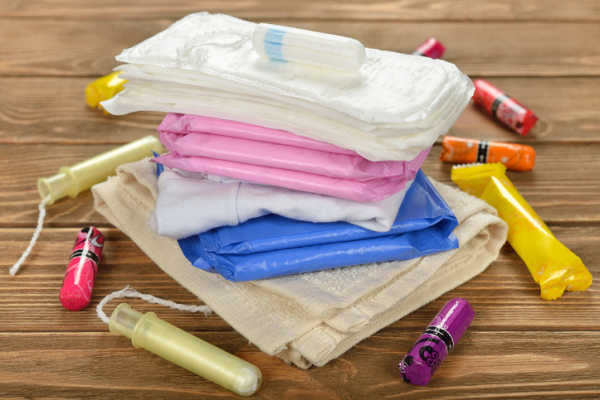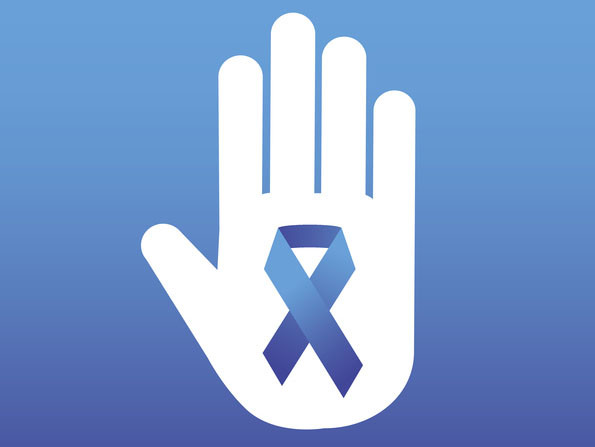

"No!"
It might have been endearing as your child’s first word, but dread often kicks in when that word starts to follow parental requests. Experiencing resistance to small or big asks? Stuck in arguments that seem to go in circles and leave you exasperated with unmet requests? The good news is that this pattern can be disrupted. First, you’ll need to identify reasons behind the opposition. Then you can apply relevant strategies to see more helpful behaviors instead.
Below are some examples of opposition drivers and tips to address them.
Difficulty with transitions
If you find that your child resists a request right after engaging in an activity, it might be that your child first needs time to transition. This can be a common experience when parents make requests while children are playing video games or another stimulating activity. One way to manage this is to give your child a five- or 10-minute heads-up (whichever they might need) that you will be asking for the game to stop. This gives your child time to find a place to pause if playing a video game and to transition.
Some families find it helpful to talk with their children before playtime begins to learn what game or activities will be taking place, and how much advance notice might be helpful before the activity would need to stop. This invites collaboration and shows that you respect that not all moments are ideal for stopping a game.
Independent streak
Children almost never are in control, and resistance can show up when that wears on them. Try to fold in elements of choice and control throughout the day for children (that are within a framework you determine) to create more of a balance with your requests. Perhaps you let a young child know that they will need to wear long sleeves and pants because of the weather, but they can pick which top and pair of pants to wear that day. Another idea is to invite your child to pick a side dish for a future dinner from a premade list of a few options.
It also helps to create opportunities for your child to practice being independent. This fosters mastery and offers experiences of feeling in control. This could look like your child preparing any parts of meals that are age-appropriate (for example, a three-year-old could pour cereal into a bowl; a five-year-old could measure ingredients for baking). The kitchen counter may be extra sticky as your child learns new skills. With time, your child will be more adept, and your counters will be cleaner.
Hunger and tiredness
We need both food and sleep to recharge our batteries. When we run low on either or both, it’s extra difficult to be our best selves. If you find that your child is crankier than usual, reflect on when your child last ate and how your child slept the night before (or napped if your child is of napping age). If it’s been a while since your child has eaten and/or your child did not sleep as much as usual, your child may need to recharge before being more receptive to requests. Have your child grab a healthy snack or meal if needed. If sleep is the issue, validate to yourself that this is frustrating that there is no quick fix. Acknowledge privately they are not their usual self at this moment and may be more receptive tomorrow.
Resistance also may crop up when children are coming down with a viral illness, so keep an eye out for any symptoms that may emerge.
Mental health challenges
Everyone has off days, but a persistent pattern of resistance to requests and distress following them may suggest that a child is experiencing mental health difficulties. For example, if a child appears oppositional every morning before school, it could be that they experience anxiety about going to school and are trying to avoid the distress they experience when there. In this case, it is important to ignore the "no" bait and focus on the emotion behind the refusal. Validate or acknowledge how your child is feeling to open the door to learn more. For example, you could say, "You seem really worried about going to school. What about school has been so tough lately?"
Use a similar approach for symptoms of depression, such as withdrawing from and refusing to engage in activities: validate your child’s feelings and invite your child to share more to help you understand their experiences. Discovering what is driving the resistance can allow you to develop a collaborative plan to support your child’s needs and get extra help if needed. Cognitive behavioral therapy is an evidence-based treatment for children experiencing anxiety and/or depression. Your pediatrician can be a helpful resource for mental health treatment referrals. The Anxiety & Depression Association of America also provides treatment resources.
Sometimes, oppositional behavior is pervasive. It can include a frequent loss of temper, irritability, difficulty following the rules, defiance of authority figures, spitefulness, and more. If these behaviors occur at home and also show up in other settings, such as at school, a child may be experiencing symptoms of oppositional defiant disorder. Parent training programs such as parent management training, along with problem-solving skills training, are evidence-based treatments, and pediatricians also may be able to provide relevant referrals.
Your patience understandably can wear thin if you find yourself facing repeated resistance. That experience, though, does not have to continue. You can help shift these patterns once you discover what is driving the "no."


